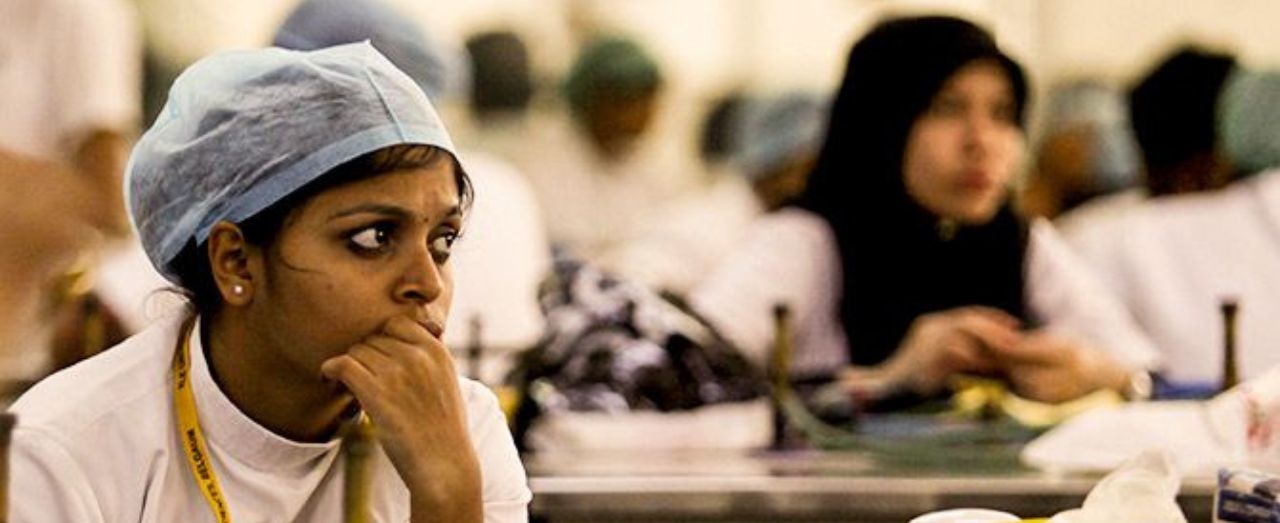USA currently faces a shortage of STEM qualified professionals which can be an advantage for international students looking to gain employment in the US, says Sushil Sukhwani.
The number of Indian students visiting the United States of America for higher education may have reduced over the years. But with an absolute diverse education system consisting of various types of institutions such as public universities, private and technical institutions, Ivy Leagues and community colleges, it is still one of the most prominent study abroad destinations.
Apart from its pre-eminent education system, there are various other reasons why US is always on the top of the list of prospective international students when deciding a place/country to study abroad.
The sheer variety of electives combined with global recognition of the programme and certification gives you an edge over others.
If you are considering of pursuing higher studies in the US, here are some tips to help you make the choice:
Eligibility criteria
Students wanting to apply for an undergraduate program need to have 10+2 years of education while those applying for graduate program must have completed 16 years of education.
For master's and MBA programmes, some institutions accept the 3 year bachelor’s degree which is common in India.
One must however ensure that he/she holds a strong academic value and background as getting into the US universities is competitive.
Prospective students are also expected to give exams like SAT/ACT/GRE/GMAT and TOEFL/IELTS/PTE.
The score requirement for each exam differs depending on the level of study one applies for.
Students are also required to provide letters of recommendations, draft statement of purpose and personal statement along with the application.
When to apply
The US Universities commonly have two intakes.
The Fall intake is in August/September and the Spring intake in January.
Cost of education
A one year postgraduate course from a public university approximately costs $15,000 to 25,000, while that from a private university ranges between $20,000 to $35,000.
A two-year postgraduate course from a public university will cost you anything between $30,000 to $50,000.
Similarly a two year postgraduate course from a private university will set you back by $40000 to $ 70,000.
Timeline for application process
Gaining admit into USA universities is highly competitive.
Those interested must do ample research before making an application.
The timeline for the application process can be broken down into six steps.
The Pre-Application stage which includes collecting information on the university and program under consideration usually takes between fifteen to sixteen months.
Preparing for and taking relevant entrance tests along with selecting the right university would also take about a year or less.
Getting the application documents in order takes between eight to twelve months.
Once you have applied, you can expect the admission confirmation to come within two to five months.
The last two stages involve getting a student visa and finding accommodation.
After you apply for a visa, consider anything between 2 to 5 months before you get it. You should be able to find accommodation within a month or two depending on availability.
If you have a friend, senior or relative studying or living in the US, you can take their help before making a choice.
Document checklist
Each university in USA curates its own list of documents that it requires the student to submit.
However, a common list of documents required to fill the application include a covering letter, application form, statement of purpose, essay, resume, recommendation letter, academic transcript, mark sheets and certificate.
Bank certificates and affidavit of financial support is also required by the university, to judge whether the student will be able to pay tuition fees and sustain a certain standard of living.
Scholarships
Various types of scholarships and financial assistance are provided to the students by the universities.
While most of them are merit based, some of them are also need based.
Student visa
Securing a visa is a crucial process.
There are different types of student visa depending on the duration of your course and place of study.
For example, the J-1 visa in the United States is for people who wish to take part in work-and-study-based exchange and visitor programmes in the US.
The F1 visa is issued to international students who are attending a full time academic programme at a US college or university.
Under the F1 visa, students can remain in the US for up to 60 days beyond the duration to complete their academic programme, unless they have applied and been approved to stay and work for a period of time under the OPT (Optional Practical Training) Program.
While applying for a visa, one must confidently put forward his/her case. You must double check to ensure you have all the required documents in place before applying.
Your intent to study has to be clearly put across.
Even if you get admitted in to the college of your choice, if you are unable to secure a visa on time, your admission may be cancelled.
Work opportunities in the US
International students are enabled to take up on campus jobs.
They are allowed to work 20 hours per week during the semester and 40 hours per week during vacations.
After the completion of the study, students can work for a period of 1 year popularly known as OPT (Optional Practical Training).
Specifically, students with STEM qualifications are allowed to work for a total period of 36 months.
On completion of the 1 year of OPT, students wishing to settle in the US, can apply for H1B work permit visa.
USA currently faces a shortage of STEM qualified professionals which can be an advantage for international students looking to gain employment in the US.
Reference: https://www.rediff.com/getahead/report/career-study-abroad-why-now-is-a-good-time-to-apply-to-a-us-university/20190607.htm